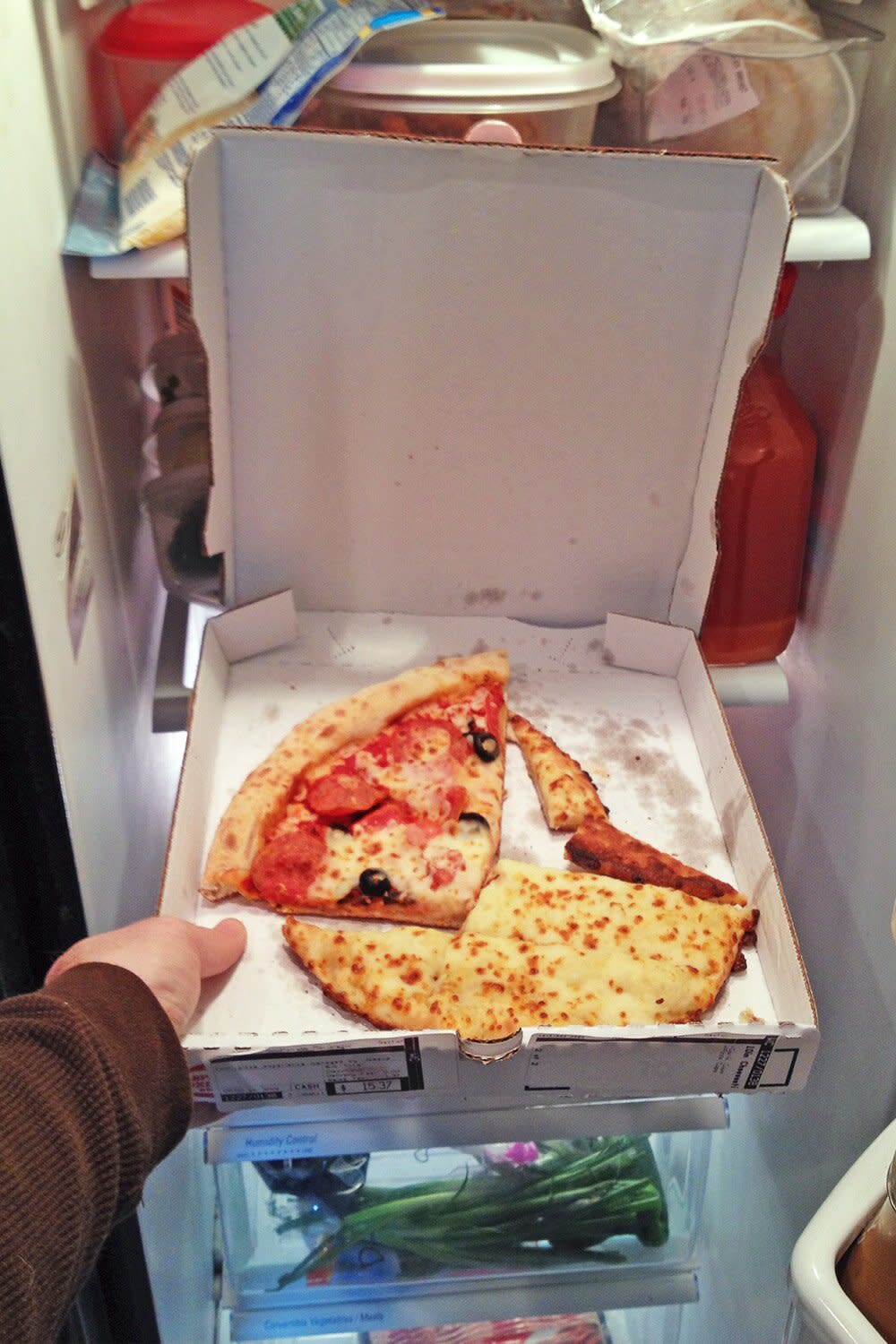It's 'Very Rare' for Food to Cause Organ Failure — but Here's How to Ensure Leftovers Are Safe to Eat

Getty Leftovers
Thanks to TikTok, a 2021 case study about a man who went into organ failure and needed multiple amputations after eating leftover lo main went viral over the last week, bringing up questions about how avoid the same outcome.
Thankfully, a case like his is exceedingly unlikely, says Randy Worobo, a professor of food science at Cornell University.
"It's a very, very rare occurrence," Worobo tells PEOPLE. "There's many other types of foodborne illnesses that occur that are less severe, but I suspect based on the description, that a clostridium perfringens [the bacteria that most commonly causes food poisoning] grew in his leftovers."
That bacteria can produce toxins that will invade the body and go into the cerebral spinal fluid, causing illness and death.
In this man's case, "I suspect that the noodles were not refrigerated or had a very long delay between being prepared and then actually being consumed again," Worobo says, adding that it's unlikely that anything went wrong during the food preparation.
RELATED: Man Has Legs and Fingers Amputated After Eating Leftover Noodles and Suffering Organ Failure
"In the U.S., most ingredients are much less of a culprit for the cause of food-borne illness because they're regulated by either the FDA or the USDA, and then restaurants are inspected by local public health agencies," he says.
To stay safe, food consumers need to remember "three golden rules" — ensure proper preparation and cook foods to the correct temperatures; allow for proper cooling and get food refrigerated within four hours; and properly reheat foods to an internal temperature of 165.
"If you follow those three golden rules, you're going to have much less of a chance of getting a foodborne illness," Worobo says.
RELATED VIDEO: Hilaria Baldwin 'Snuggles' with Her Kids After Getting Food Poisoning: 'They Took Care of Me'
He also points out that people need to check their refrigerator temperature, "because the majority of consumers have refrigerators that are warmer than they should be," which is 41 degrees or below.
For people who are in doubt about if their leftovers are safe to eat, Worobo recommends three days as the cutoff, though he says that's on the "conservative" side. They can also check for any spoilage in the food, such as a smell or mold — which is absolutely a sign that it should get tossed. "Nutrient-dense" foods like meat, poultry and seafood are more likely to go bad, he says, because "the pH of those products are more permissible for pathogens to grow out of."
And while organ failure and amputations are highly unlikely to happen to the average person, they can get food poisoning. The key to avoiding it, Worobo emphasizes, is following those three rules of proper preparation, proper refrigeration and proper reheating.
"You do that, and you're good," he says.

